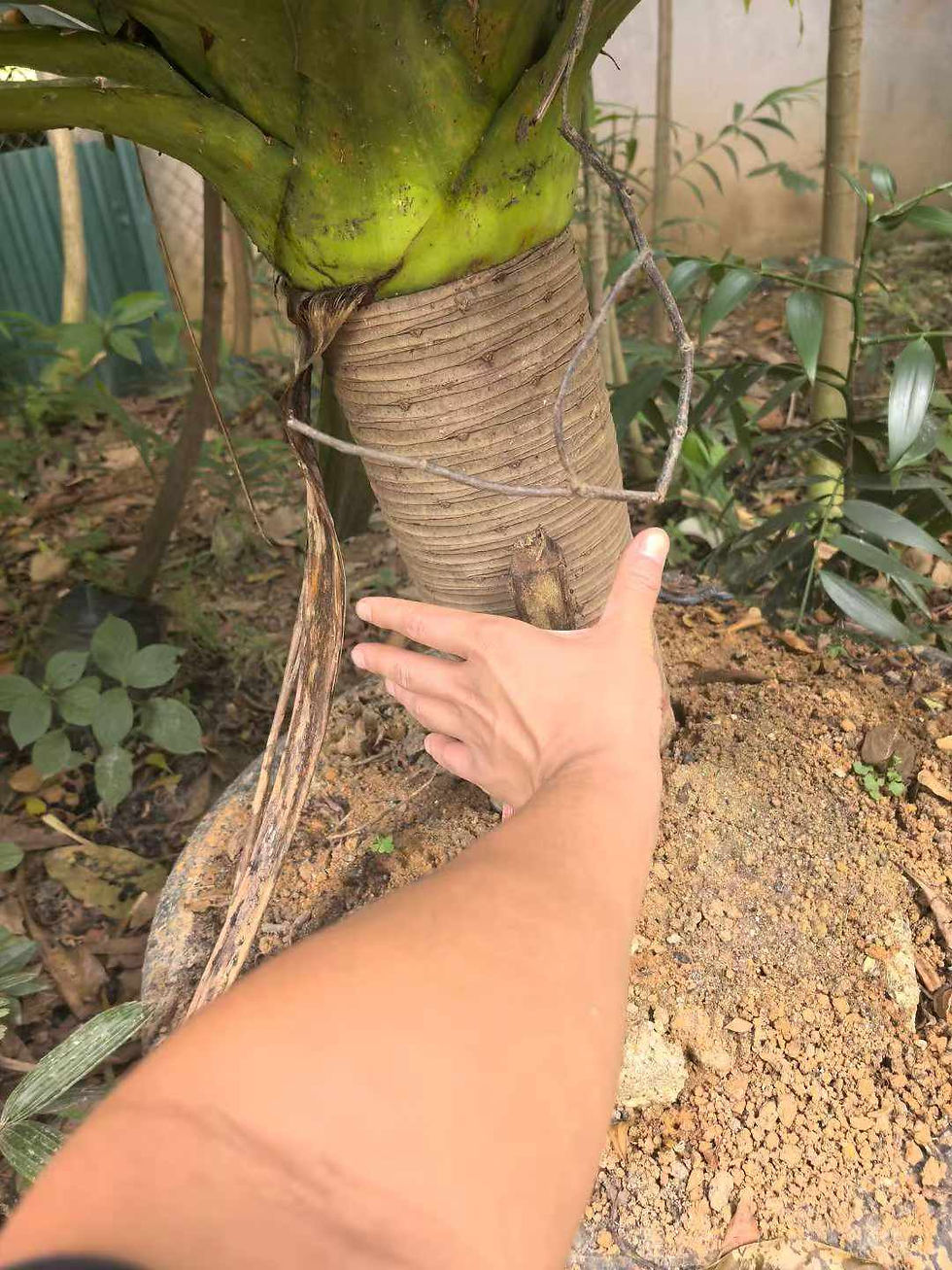Reynoutria japonica/Fallopia japonica/Reynoutria japonica /Japanese Knotwe seeds
Reynoutria japonica
Common Name(s): Asiatic Knotweed / Donkey Rhubarb / Fleece flower / Huzhang / Japanese Bamboo / Japanese Knotweed / Mexican Bamboo
Seeding: Reynoutria japonica, also known as Fallopia japonica or Japanese Knotweed, begins its cultivation process from seeds. Collect seeds from mature plants and sow them directly into well-draining soil or seed trays. Cover the seeds lightly with soil and keep the soil consistently moist until germination, which typically occurs within 7-14 days under optimal conditions.
Planting: Once seedlings have developed several sets of true leaves and are sturdy enough for transplanting, they can be planted outdoors. Reynoutria japonica thrives in various soil types and environmental conditions, including full sun to partial shade. Planting should be done with spacing of about 24-36 inches between plants to allow for optimal growth and spread. Regular watering and occasional fertilization can help promote vigorous growth.
Medicinal Applications: Reynoutria japonica has been used in traditional Chinese medicine for its medicinal properties. The roots of the plant contain compounds such as resveratrol, emodin, and quercetin, which have demonstrated antioxidant, anti-inflammatory, and antimicrobial effects. Extracts from Japanese Knotweed roots are utilized in herbal remedies for conditions such as Lyme disease, cardiovascular disorders, and skin ailments.
Landscaping and Greening Applications: Despite its invasive nature in some regions, Reynoutria japonica is occasionally used in landscaping and greening projects due to its fast growth and tolerance to poor soil conditions. The plant's tall, bamboo-like stems and large, heart-shaped leaves add texture and visual interest to gardens, parks, and urban green spaces. Japanese Knotweed can be planted in areas where its spread can be controlled, such as contained garden beds or naturalized areas.
In summary, Reynoutria japonica, also known as Fallopia japonica or Japanese Knotweed, has diverse applications in medicine and landscaping. While its invasive tendencies must be managed, its cultivation and utilization offer potential benefits, ranging from traditional healing remedies to aesthetic enhancement of outdoor environments.
Details
Herbs perennial. Rhizomes thickened. Stems numerous, erect, 1-2 m tall, stout, branched above, striate, papillate, often with red or purple spots. Leaves often deciduous; petiole 1-2 cm, papillate; leaf blade ovate or broadly elliptic, 5-12 × 4-9 cm, subleathery, both surfaces glabrous, papillate along veins, base broadly cuneate, rounded, or truncate, margin entire, apex acute or shortly acuminate, not ciliate. Inflorescence axillary, paniculate, 3-8 cm; bracts funnel-shaped, 1-2 mm, oblique, each 2-4-flowered. Pedicels 3-4 mm, slender, articulate below middle. Perianth white or greenish, 5-parted. Male flowers: stamens 8, longer than perianth. Female flowers: 3 outer tepals accrescent and winged on abaxial surface; styles 3; stigmas fimbriate. Achenes included in persistent perianth, black-brown, shiny, ovoid-ellipsoid, 4-5 mm. Fl. Jun-Sep, fr. Jul-Oct. 2n = 44, 52*.

































